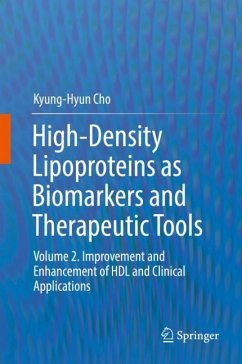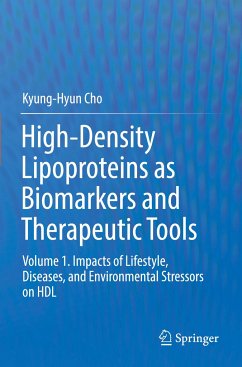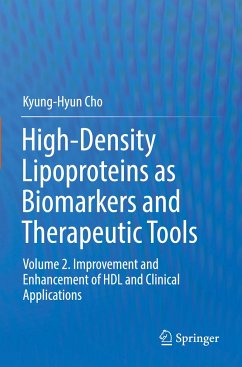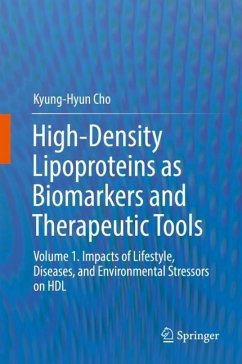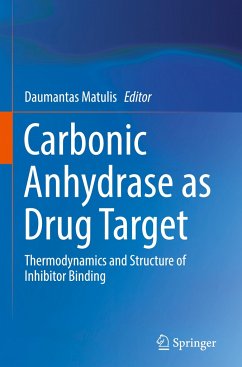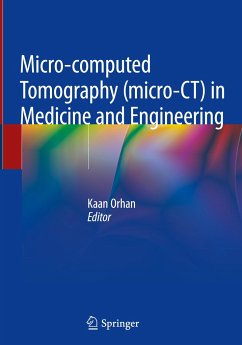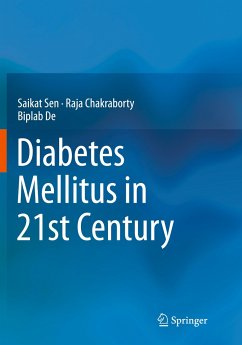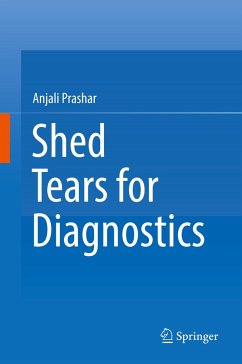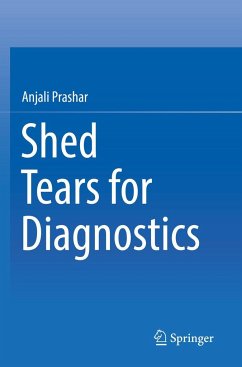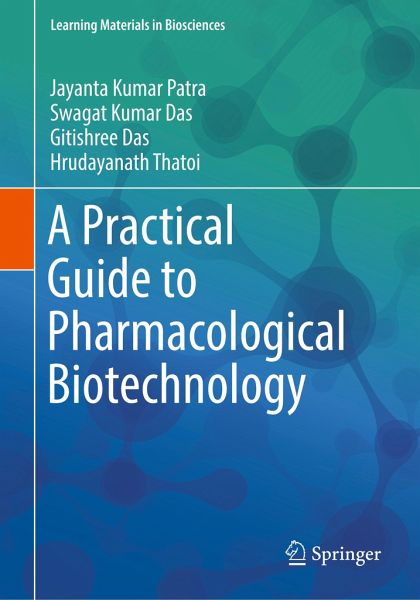
A Practical Guide to Pharmacological Biotechnology

PAYBACK Punkte
31 °P sammeln!
Pharmacological biotechnology is applied to and used to study drug development, working mechanisms, diagnosis, and therapies. This textbook covers the whole range of experiments related to pharmacology. It also contains basic laboratory safety guidelines along with the basic calculations and formulas used in a laboratory. Each chapter starts with an introduction/theory into the basic approach followed by detailed methods sections with easy-to-follow protocols and comprehensive troubleshooting, calculations and possible questions for examination. The target group is researchers who are studying...
Pharmacological biotechnology is applied to and used to study drug development, working mechanisms, diagnosis, and therapies. This textbook covers the whole range of experiments related to pharmacology. It also contains basic laboratory safety guidelines along with the basic calculations and formulas used in a laboratory. Each chapter starts with an introduction/theory into the basic approach followed by detailed methods sections with easy-to-follow protocols and comprehensive troubleshooting, calculations and possible questions for examination. The target group is researchers who are studying pharmacological biotechnology in the laboratory.



